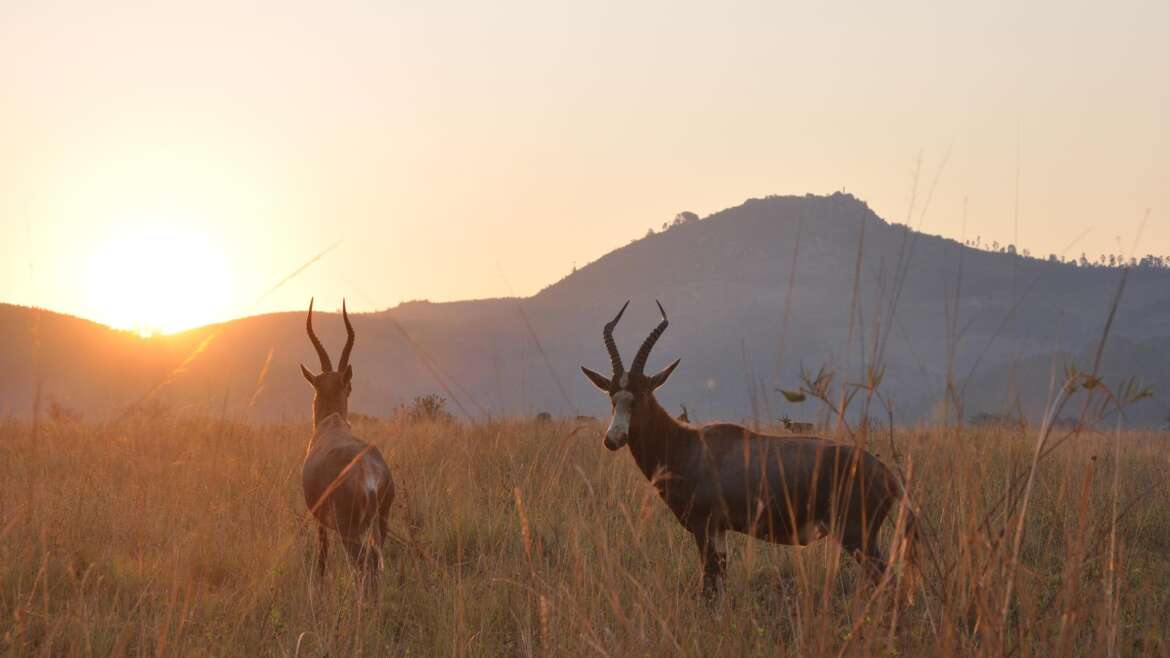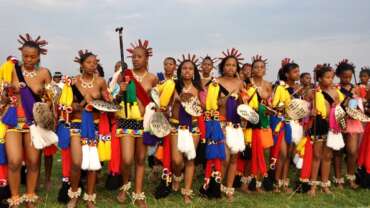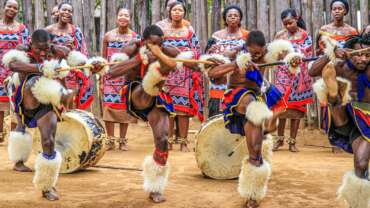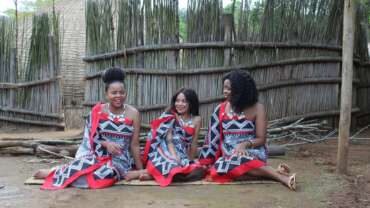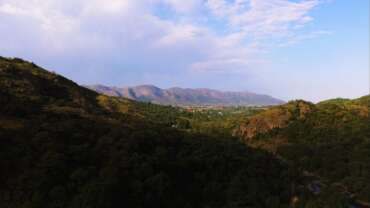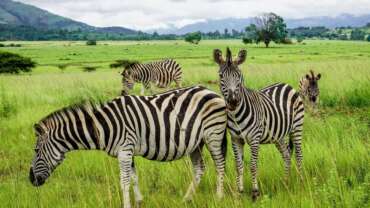South West Eswatini (Swaziland) - Scenic Splendour
The magnificent rolling highveld uplands of South West Eswatini (Swaziland) extend west over the border into South Africa and are cut by the Great Usuthu, the country’s largest river which flows east across the region. That grand river is joined by its tributaries, the Ngwempisi and Mkondvo, along impressive valleys from the south. Today this is perhaps the least visited region in Eswatini, much of its traffic being in transit. However, this belies its historical significance. Ngwane III, founder of the Swazi nation, established his first ceremonial capital near Nhlangano, today the region’s only large town. It was via this route from the south that many early settlers arrived, including Eswatini’s first missionaries, who established the country’s first church, which can still be visited at Mahamba.
The region’s dramatic and beautiful scenery can be accessed most readily at a handful of locations. Ngwempisi is a truly stunning, wild and untouched wilderness area which can be explored with the help of community guides. Nkonyeni is a beautiful area that has been developed as a golf estate and now offers a few extra activities. And in the far south, Mahamba Gorge has trails through some impressive scenery and is a great location for birds. It also has community-run accommodation.
Where to Go in South West Eswatini
Mahamba Gorge
Mahamba Gorge appears as a deep cleft in the rocky, aloe-studded ridge, where the Mkondvo river breaks through the mountainous border with South Africa. Here a local community project maintains attractive stone self-catering chalets, with a picnic area and information centre. Trails lead along the river and up over the cliffs into the gorge, where birdwatchers should look out for a colony of the rare southern bald ibis. Other birds include black eagles, while rock hyraxes – their prey – scurry among the boulders. The historic Mahamba area lies at the very south of the MR9, just short of the main south west road border with South Africa. It has Swaziland’s first church and an impressive river gorge, both reached along a dirt road just short of the border. The first Christian missionaries that came to Swaziland in 1844 were Wesleyans. They founded a mission school at Mahamba and gathered a small congregation. In 1912 a church was built on this spot, which today, carefully restored, still stands at the heart of the local Methodist community.
Ngwempisi Wilderness
Ngwempisi Wilderness is a wild corner of Swaziland and offers challenging hiking to those prepared to rough it. Its rugged landscape centres upon a spectacular 20km gorge, formed where the Ngwempisi river carves east through the Ntfungulu hills. This is an example of the diverse geology prevalent in Swaziland that makes it the strikingly beautiful country it is – and ensures that hiking here is always a challenging and satisfying experience. A community project offers simple but spectacular accommodation at Kopho Lodge, on the north side, and a network of trails around the rugged slopes. Kopho Lodge lies just over the lip of the gorge and looks down onto the river. This ingenious structure is wedged among granite boulders and split over five levels, with interconnecting passages that brilliantly complement the natural rock.
Nhlangano & The Grand Valley
The MR9 highway from Manzini to Nhlangano winds south alongside the Mkondvo River before climbing dramatically onto the exposed plateau of the highveld. Much of this route is known as the Grand Valley. It is a glorious drive, with stunning scenery and picturesque rural communities on either side. As the road winds up the escarpment, it offers stupendous views in both directions. Up on the plateau the bush gives way to undulating grasslands. Here you will find Nhlangano, amid its apron of forestry. Nhlangano is the region’s largest town and in winter its highveld climate makes it reputedly the coldest in Swaziland. Founded in 1921 as the farm supply centre of Goedgegun, in 1947 it was renamed Nhlangano, which means ‘meeting place’, when King George VI met King Sobhuza II here in order to thank his Swazi counterpart for the kingdom’s help during World War II. This occasion remains the only ever visit by a British monarch to Swaziland. Today the town is best known for its casino, at the out-of-town Nhlangano Hotel, which also offers rooms, activities and a fine view.
Nkonyeni Golf Estate
Just before entering the Grand Valley from the north you will spy the lush greens of Nkonyeni Golf Estate, near the confluence of the Ngwempisi and Usuthu. This impressive resort is one of a kind in Swaziland. Its mosaic of cottages, paved roads, sports facilities and pristine fairways, all artificially landscaped into tracts of indigenous bush, is a somewhat unexpected sight amid the surrounding wild country.
The estate is essentially a luxury village where residents get a swimming pool, health spa, tennis courts, two five-star restaurants and a top 18-hole golf course (one of the top two in Swaziland). The well-tended grounds team with birdlife and the fenced 500ha reserve is home to zebra, impala, kudu, waterbuck and other game. Day visitors are welcome and it has a choice of accommodation for overnight stays, allowing guests to then make use of all the facilities and activities, which include game drives, clay pigeon shooting, quad biking, mountain biking and golf.



